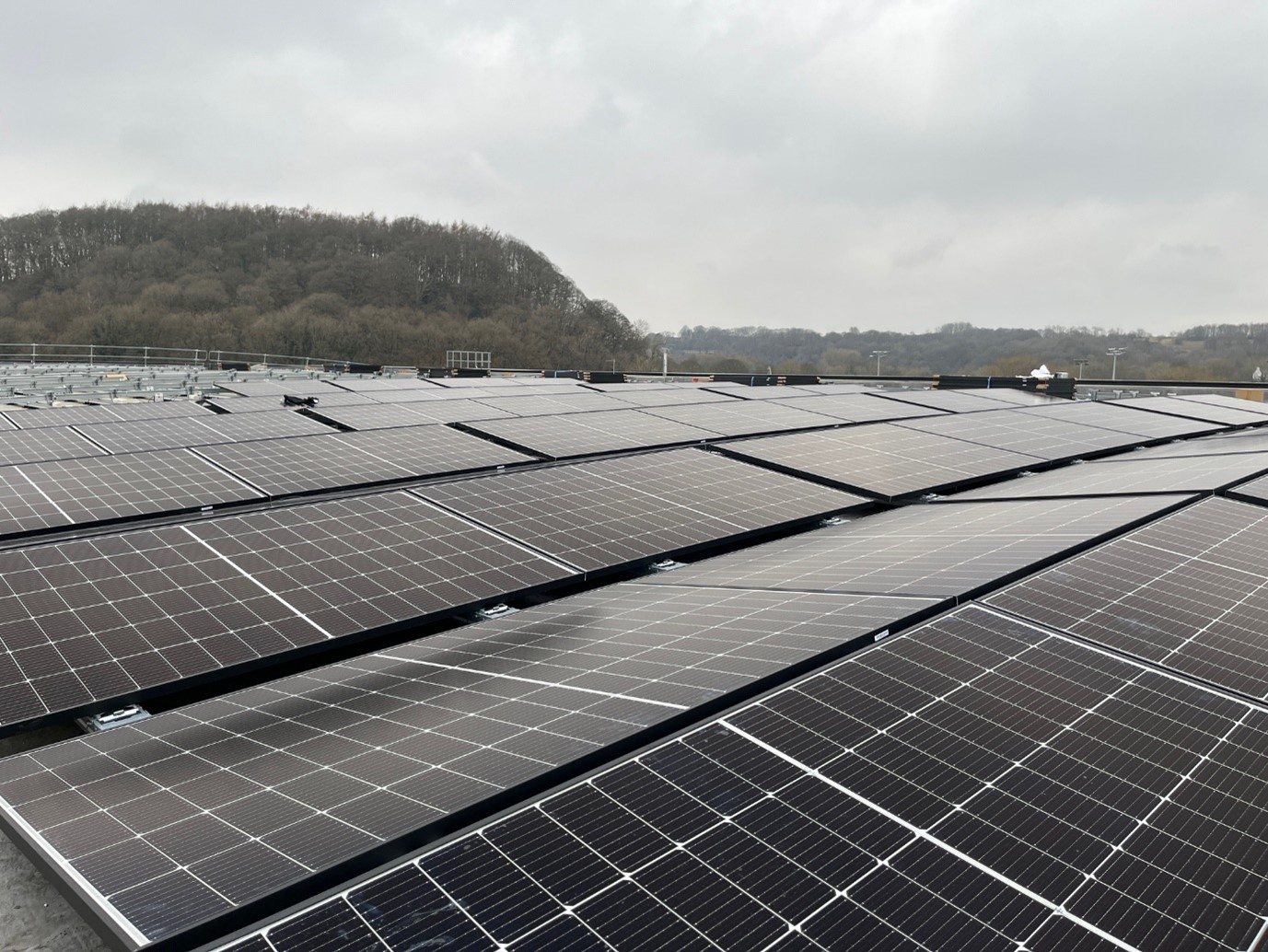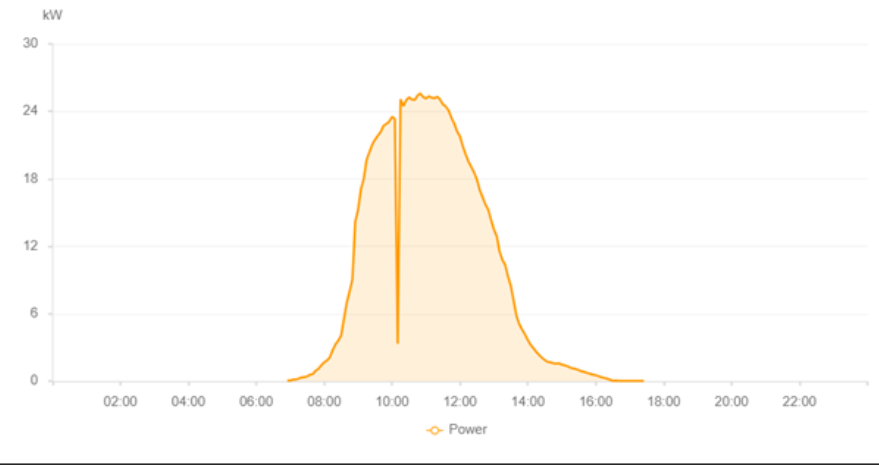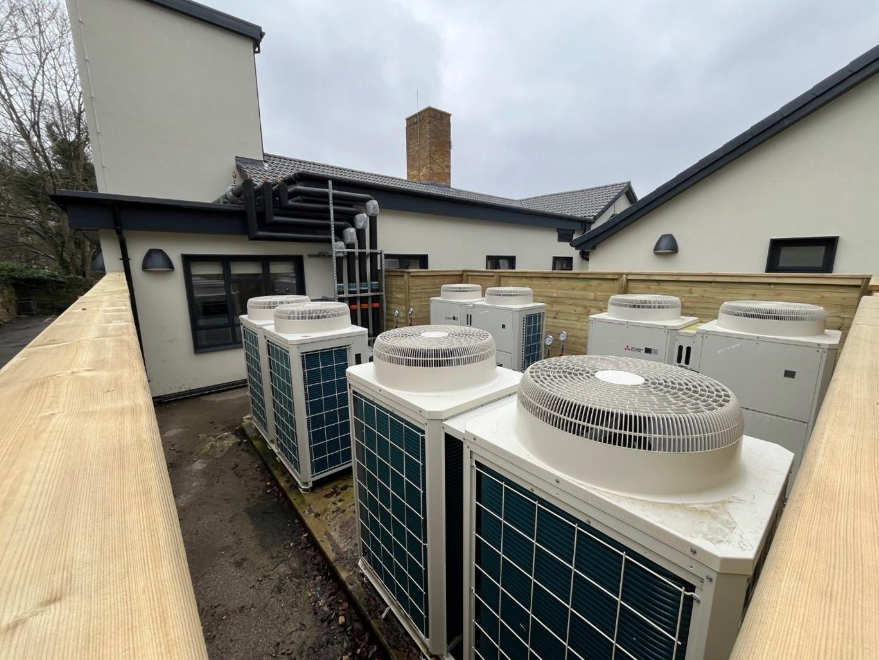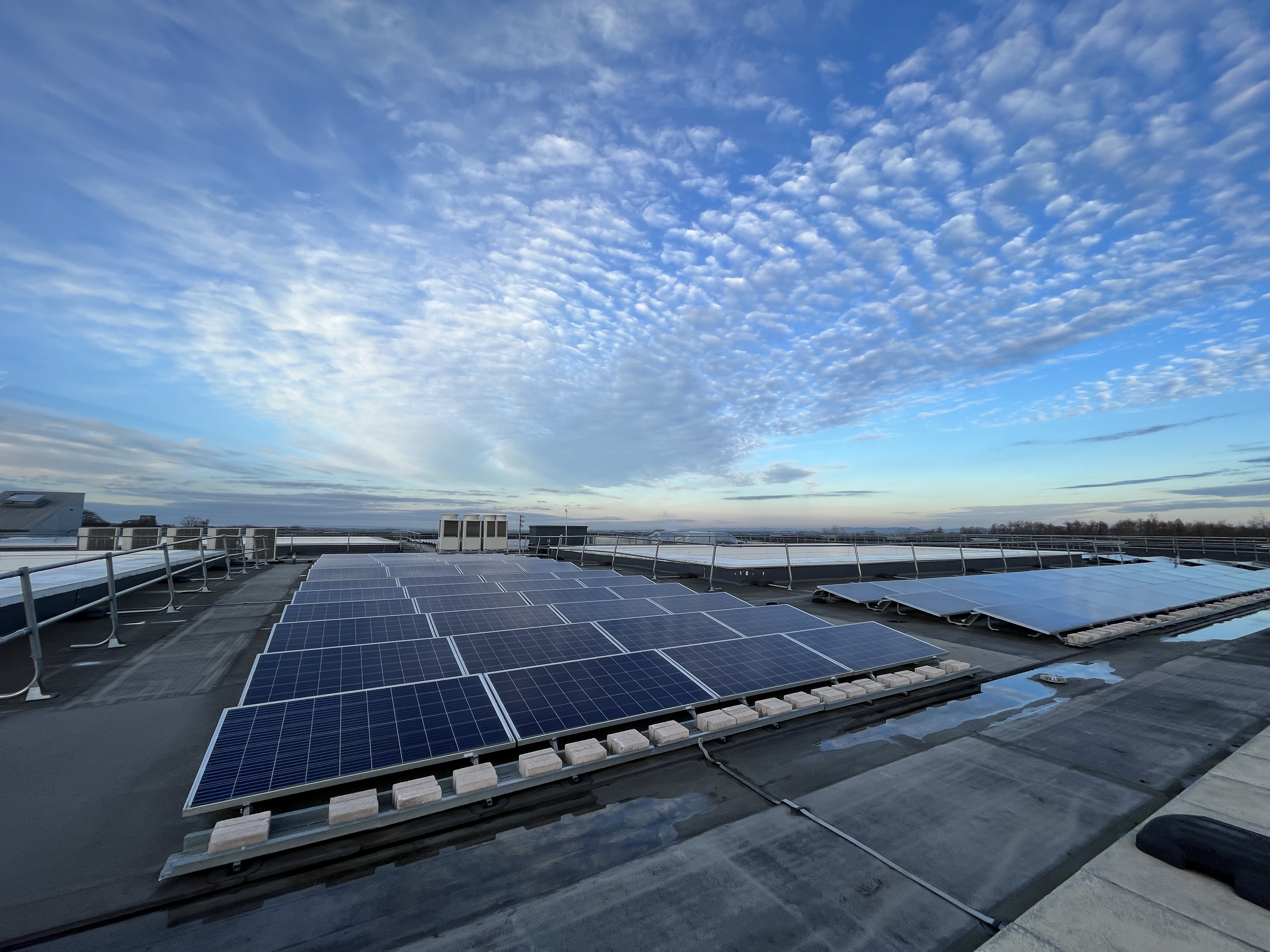Carbon Neutral University – Our sustainability ambition statement
In summer 2023, the University adopted a new Sustainability ambition statement that set out our ambition to achieve Net Zero by 2035 and Biodiversity Net Gain by 2032
Energy
The University is committed to saving energy both by encouraging and supporting behavioural change and by carrying out physical modifications to University buildings and their systems.
Reducing and saving energy is also part of our Environmental Sustainability Vision, Policy and Strategy and Action Plan with detailed Key Performance Indicators.
Our broader commitment to achieving Net-Zero, Biodiversity Net-Gain, and 70% recycling rate is outlined in our Sustainability Ambition Statement.
Carbon Management Plan
We manage our Carbon emissions and have plans and processes for reducing these.
Durham University’s first Carbon Management Plan was created with the Carbon Trust in 2010 and set targets in line with Government and HEFCE (for 2013/14 and 2020).
Our current, publicly-available Carbon Management Plan 2025 outlines our intentions and how we will achieve these. It includes a Carbon Emissions baseline for 2018/19 and a science based carbon reduction target for scope 1 and 2 emissions by 2035. It also proposes a milestone reduction target of 46% by 2030 leading to our primary Net-Zero target of a 73% reduction by 2034/35, exceeding the requirements set out in the Paris Agreement.
Annual Energy Demand
Each year Durham University’s buildings use a significant amount of energy, this is detailed below for the last 4 years.
|
Year |
Gas kWh |
Electricity kWh |
Total kWh |
Total GJ |
|
2021/22 |
71,751,755 |
39,471,456 |
111,223,211 |
400,404 |
|
2022/23 |
68,442,526 |
38,617,858 |
107,060,384 |
385,417 |
|
2023/24 |
66,541,391 |
39,389,158 |
105,930,549 |
381,350 |
|
2024/25 |
59,690,494 |
39,156,150 |
98,846,644 |
355,848 |
The renewable energy we generate on our sites helps support our energy demand and reduce emissions.
Low Carbon Energy
The University purchases electricity on a Zero Carbon for Business tariff with EDF. This electricity is generated for 100% nuclear sources. You can read more about EDF's tariffs here.
https://www.edfenergy.com.fuel-mix
We have numerous installations of renewable energy across the University estate, including over 850 kW of Solar PV across over 20 sites. We monitor all renewably generated electricity generated from solar PV, combined heat and power units and heat generation from our heat pumps, analysing data through our energy management software, Systemslink. We can track data half hourly to understand how systems are performing each day.


Installation at the Sports Wellbeing Park (Maiden Castle)
We also monitor solar PV through dedicator portals connected to inverters on PV systems. The image below is an extract from the PV installation at James Barber House, our lowest emissions building.

The University reports annually the amount of renewable energy that we generate on site and we have increased our capacity in recent years. This table shows the latest data; we also report this annually to HESA HE Provider Data: Estates Management | HESA
|
|
|
2020/21 |
2021/22 |
2022/23 |
2023/24 |
|
Total renewable energy generated onsite |
GJ |
1075 |
1279 |
1254 |
2110 |
We also monitor the performance of low carbon heating systems, a key tool in our mission to reduce scope 1 emissions.
The heat pumps in the image below are coupled with heat meters than allow us to measure and optimise performance throughout the year.


Refurbishment and Construction
At Durham University, we are working to improve buildings around our estate and we do so with energy efficiency and sustainable construction and refurbishment practices in mind. We have a sustainable construction policy - Sustainable Construction and Renovation Policy - Durham University which ensures we deliver low emissions buildings, built to high standards.
Examples of successful building upgrades in recent years include Boldon House and James Barber House.
Boldon House
This £15.5m project involved the refurbishment of a Professional Services office hub, making it the University’s most energy-efficient building. Supported by a UK Government BEIS Salix grant, key measures included replacing gas boilers with air source heat pumps and installing 386 solar PV modules which are expected to generate 130,000 kWh each year. The thermal efficiency of the building was improved by installing insulation and replacing windows. The lighting system was also upgraded to modern LED lighting.
James Barber House
James Barber House, part of Hatfield College, underwent a major refurbishment in 2023. Significant improvements have been made to the building fabric including insulation and new windows and doors. Old gas boilers were replaced with air source heat pumps to provide all the heating and hot water to the building. Solar PV was also installed via 128 modules across two roof arrays, supplying the building with renewable electricity. The measures have reduced emissions by around 75% and provide the building with a path to net zero as the national grid decarbonises. The refurbishment project won the Sustainable Built Environment Award at the Durham County Council Environment Awards 2024.
Building Engineering Services Design Guidelines
We have Building Engineering Services Design Guidelines that ensure low carbon principals are considered and that all significant new buildings and significant major renovations target a minimum of BREEAM Excellent or Very Good respectively.
Our strategic approach to sustainable energy conservation in buildings adopts the following principles:
- Optimise the building form, orientation and building fabric to minimise the energy demand of the building.
- Optimise the performance of the building services using best practice energy efficient design solutions and fully integrated systems.
- Supply energy from appropriate on-site Low and Zero Carbon technologies.
- Meet the overall end user requirements efficiently.
The design should consider and integrate passive solutions to minimise energy demands throughout the building life cycle from construction, operation and to the eventual demolition of the building. The use of sustainable building materials and construction techniques should be used whenever practicable.
Energy Conservation
Durham University has long been working on programmes to minimise energy consumption. The formation of the University’s Energy Conservation Working Group in 2023, which is chaired by Deputy Provost, Stefan Przyborski and reports to the Deputy Vice-Chancellor and Provost, Mike Shipman who sits on University Executive Committee, is responsible for conducting reviews of energy performance and identifying and implementing energy conservation measures and best practice. The group has coordinated several initiatives including changes to temperature set points and building opening times, expansion of smart metering, LED lighting installations, and the use of low carbon technologies such as air source heat pumps. These measures have helped reduce gas consumption across the estate.
Outside of this formal group, the Energy & Sustainability team continually monitor and track energy performance across the estate through Systemslink, our energy management software package. Energy wastage is identified and investigated, with measures put in place to mitigate against abnormally high consumption in the future.
Lastly, through our Environmental Management System, EcoCampus, regular internal audits are conducted across the estate, with high-risk areas being audited on a more frequent basis. Whilst the audits primarily look at environmental controls, they also include a section on energy management, helping the team identify improvements to energy efficiency. Some examples of audit findings that led to efficiency improvements include optimising fume cupboard operations, timer settings for glassware ovens, and identifying inefficient lighting arrangements.
Energy Saving Initiatives
The Greenspace team run regular initiatives and campaigns across the whole university, including promoting the work of our Energy Conservation Working Group. This brings the university community together to reduce energy consumption. Some examples are below:
Switch Off!
Here are some simple yet effective actions we can all take:
- Turn off lights, projectors, and screens when leaving a room or when they are not in use.
- Keep windows closed during the heating season. If you find it too warm, please let us know at Greenspace.staff@durham.ac.uk, and we will try to address the issue.
- Choose revolving doors whenever possible. This helps retain heat in a space and can reduce our gas usage.
- Spread the message. Encourage those around you to do their part in conserving energy.
Small acts. Big difference.
Don’t Make Our Buildings Work Over Easter
If you are heading off for a well earned break remember to turn off what you can in your offices, communal workspaces, and labs. This isn’t just about flipping a switch; it’s about embracing energy conservation and helping the university save money. Before leaving, think carefully about what equipment must stay on and what can be turned off. Thermostatic Radiator Valves (TRVs) can be turned down to 2-3, but should not be turned off completely. Let's work together so our buildings also get a break while we are enjoying ours.
You could use these checklists to help with your seasonal shutdown:
Office and Communal Areas Shutdown Checklist
Lecture Theatre Shutdown Checklist
Please return these completed checklists to greenspace.staff@durham.ac.uk. We will use the information to help us to identify issues and make improvements.


/prod01/prodbucket01/media/durham-university-business-school/study/dba/Home-Page-Banner-or-Footer.png)

/prod01/prodbucket01/media/durham-university/support-services-/careers-and-employability/Image-of-a-city-street-through-a-magnifying-glass.jpg)
/prod01/prodbucket01/media/durham-university/professional-services/energy-and-sustainability-team/CMP.jpg)
/prod01/prodbucket01/media/durham-university/professional-services/energy-and-sustainability-team/energy-management.jpg)
/prod01/prodbucket01/media/durham-university-business-school/study/individual-course-and-cta-images/CTA-applynow.png)